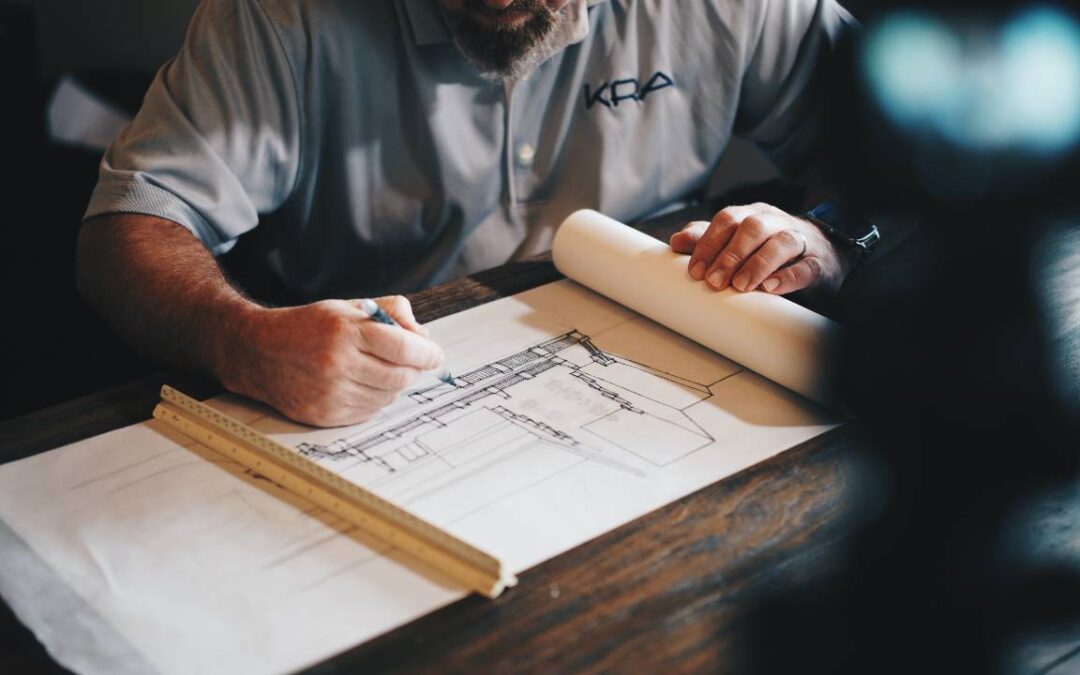It’s not unheard of for workers in the construction industry to be paid cash in hand every so often.
Unfortunately, in the ever-watchful eyes of HMRC, this can lead to tax evasion, especially when the person getting paid cash doesn’t declare it on a self-assessment tax return.
That’s why the Government introduced the construction industry scheme (CIS) as a way of ensuring income tax is paid from every job.
If you’re unfamiliar with the CIS, here’s what you need to know.
What is CIS?
Under the CIS, contractors are tasked with deducting tax and National Insurance contributions (NICs) at the source when paying self-employed subcontractors.
These deductions are then passed to HMRC and count as advance payments toward the subcontractor’s tax obligations.
In order to work under the CIS, contractors must register for the scheme. Subcontractors do not, but deductions will be higher if they aren’t registered. If registered as a subcontractor, you will pay 20% from a job and 30% if unregistered.
You must register as a contractor if you either:
- pay subcontractors for construction work.
- have a business that does not do construction work, but you’ve spent more than £3 million on construction in the last 12 months since you made your first payment.
As a subcontractor, you will have to register if you do construction work for a contractor unless you want to pay an extra 10% tax.
It’s possible to fall under both of these categories, in which case you’ll have to register as both a contractor and a subcontractor.
Works covered by CIS
CIS covers the majority of construction work for permanent or temporary buildings or structures and civil engineering work like roads or bridges.
Elsewhere, other works included for CIS include:
- preparing a site – laying foundations and providing access works
- demolition and dismantling
- building work
- alterations, repairs and decorating
- installing systems for heating, lighting and power
- cleaning the inside of a building once the work is complete.
There are a number of exceptions to CIS. You do not have to register if you only do certain jobs such as:
- architecture and surveying
- scaffolding hire (with no labour)
- carpet fitting
- making materials for construction
- delivering materials
- work on site that isn’t classed as construction, such as running a canteen or site facilities.
Paying tax under CIS
As mentioned, you will need to fill out a self-assessment tax return if you’re self-employed.
When doing so, you’ll need to include your total sales income, which will be the amount you have invoiced, not the amount you’ve received after the CIS deductions.
So, if you’re registered, you’ll have to account for that extra 20% when filling out your return or 30% if unregistered.
The amount of tax that has been deducted under CIS should be included in box 38 on page SES2 and box 81 on page SEF4 of the short and full pages of your self-assessment, respectively.
Don’t forget you’ll also be able to include any expenses which are deemed as “wholly and exclusively” for business purposes, so don’t leave them off your self-assessment.
The online deadline for filing your tax return and paying any due tax falls at midnight on 31 January, so the sooner you start working on it, the sooner you can get your return in before the deadline.
What next?
PBA has been working closely with professionals in the construction industry for many years and can readily advise on all aspects of CIS.
Get in touch with the team to discuss your CIS taxes.
